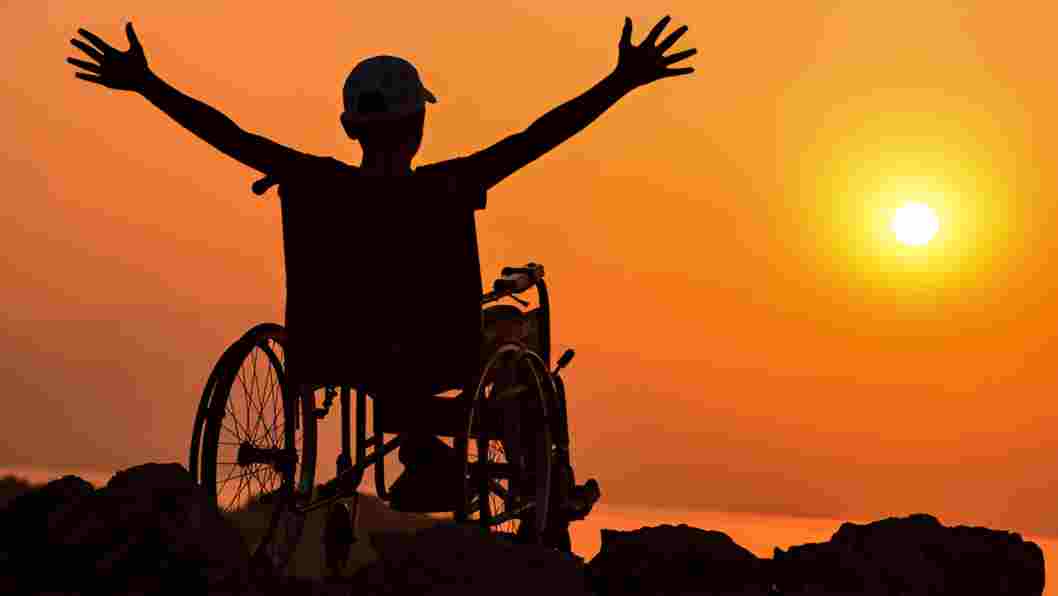Kenya is still relying on outdated data to support persons living with disabilities, a health official has said, warning that the gap in accurate statistics is affecting service delivery and funding.
Petronila Bwaso, a programme officer in the Ministry of Health’s RMNCAH division, said current planning depends on figures from the 2019 census, which estimated 2.2 million Kenyans live with disabilities.
"That data can’t give us enough resources for funding because it’s not disintegrated into various age groups," Bwaso said during a disability stakeholders meeting in Nairobi on Friday.
The event, convened by the National Syndemic Diseases Control Council, drew 50 disability community representatives to contribute to the upcoming Kenya Syndemic Diseases Strategic Framework (2025–2030).
The strategy will guide the country’s response to diseases like HIV, TB, malaria, and hepatitis.
More recent figures from the 2022 Kenya Demographic and Health Survey indicate a much higher prevalence, showing 15 percent of Kenyans aged five and above, about 7.5 million people, experience at least one functional difficulty.
Of these, 2.5 million face severe challenges in areas such as seeing, hearing, moving, or communicating.
Bwaso said poor registration and assessment, especially in rural areas, has worsened the problem due to stigma and fear.
"Most parents, especially in rural areas, fear bringing children with disabilities for assessment because of how the community will view them," she said.
She called for advocacy and awareness to ensure people with disabilities receive proper support, along with more funding and staff.
"We need resources, including human resources and healthcare providers, to effectively support persons with disabilities," she said.
Access to healthcare remains a major concern.
A 2022 report by the Kenya National Bureau of Statistics shows only 5 percent of persons with disabilities have health insurance, compared to 20–25% of the general population. Barriers include physical inaccessibility, financial constraints, and negative attitudes from health workers.
Caregivers are also affected, with 70% reporting physical exhaustion and 60% suffering emotional stress. Half have had to leave or cut back on work to provide care.
Bwaso urged the public to treat persons with disabilities equally.
"Everyone should be told these are just like any other people. They shouldn’t be discriminated against. Discrimination and stigmatization is what has brought problems to us," she said.
NSDCC Deputy Director for Health Metrics and Informatics Joshua Gitonga assured attendees their feedback would be used in the strategy.
"We have not only listened but captured what you want to be included within the framework," he said. "We will consolidate this input as we finalize the strategy."
